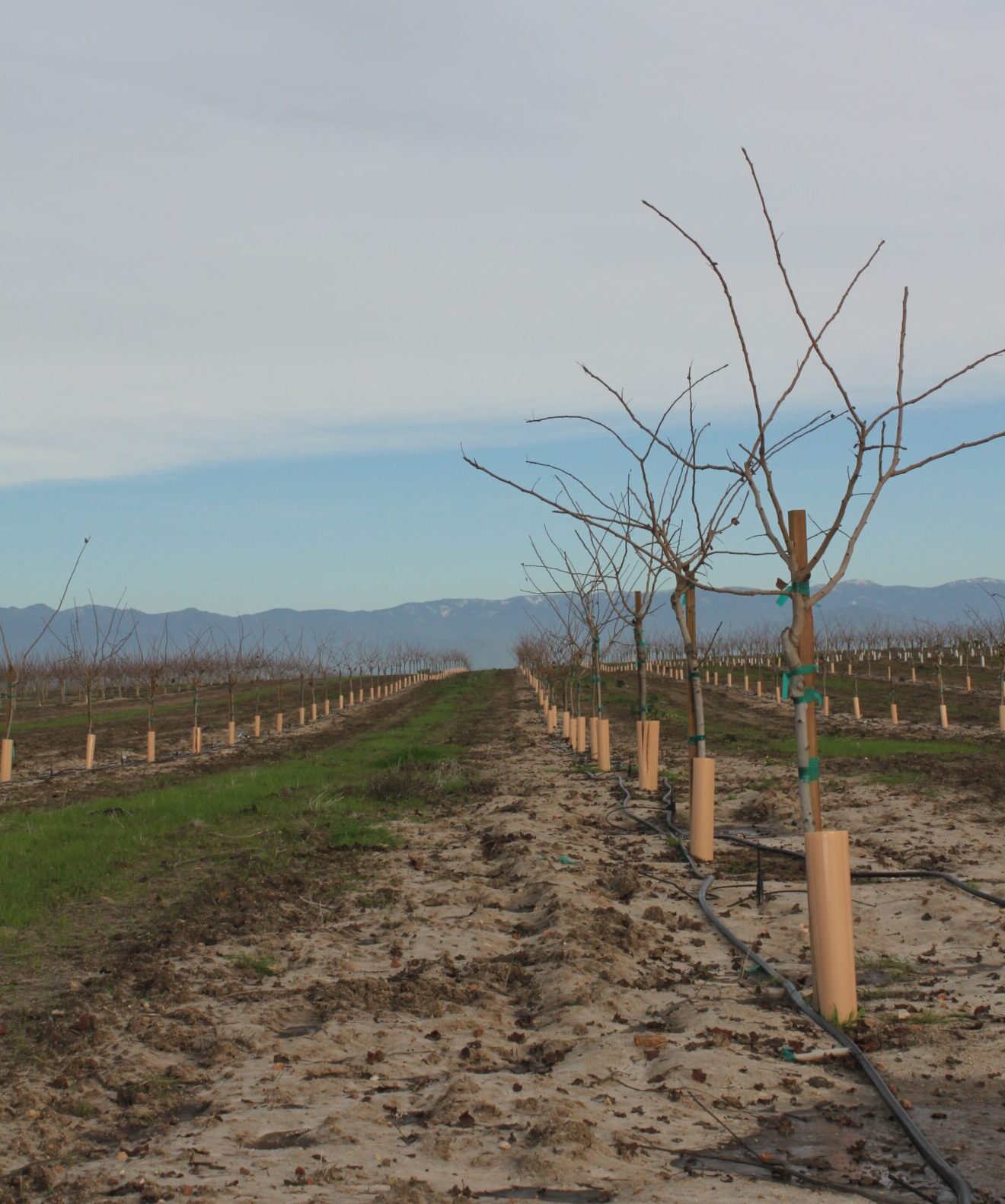
Warmer winters may signal changes in San Joaquin Valley pistachio production.
Katherine Jarvis-Shean, UCCE orchard systems advisor in Sacramento, Solano and Yolo counties, outlined what warmer winters could mean for pistachio production in her presentation for the 2020 Pistachio Short Course.
Jarvis-Shean said more low-chill winters are in store for growers. The predominant pistachio variety now grown in California, Kerman, may not be an appropriate variety for the San Joaquin Valley in 30 to 40 years, she said. Dormancy breaking materials may be the solution for low chill in the short term, Jarvis-Shean added, but new low-chill varieties will be necessary for the long term. The move to low-chill varieties would signal mature orchard removal, something rarely done in pistachio production.
Pistachio budbreak in the spring is preceded by a big upswing in starch in the tree, Jarvis-Shean said. If weather conditions are warm in the winter, trees adjust their starch-making system to keep starch low and sugars stable mid-winter. But then, she noted, it takes more heat than normal to achieve high starch pre-budbreak.
Warm temperatures in winter have more influence on yield than cold temperatures, according to research done by Craig Kallsen, UCCE advisor in Kern County.
California winters have been getting warmer, especially in the last 40 years. There is a lot of variability year to year, Jarvis-Shean said, but all records show trends toward increased maximum and minimum winter temperatures from 1970 to 2014. Not only are Central Valley winter temperatures warmer, but there are fewer foggy days during the winter. Fogged-in winter days have been trending downward since 1981.
Climate models project winters in the future will be warmer, and they predict winters will continue to vary from year to year. Winter-to-winter variability will be twice the expected shift in temperature. Jarvis-Shean said there will be some cold winters and winters that we now consider average. But there will be more low-chill winters and lower-chill winters than before.
What does this mean for pistachio production? Kerman requires 54 to 58 chill portions, while the rootstock Peters requires 60 to 65. Chill projections for the San Joaquin Valley at mid-21st century are at 51 hours. By the end of the century, chill portions are projected at 42.
Dormancy-breaking products could help with 10% to 20% chill decrease, however none of these products are currently labeled for this purpose in pistachio production. Research funded by the Pistachio Research Board is investigating many potential products. New research on physiology by Dr. Maciej Zwieniecki may help generate other solutions.
















